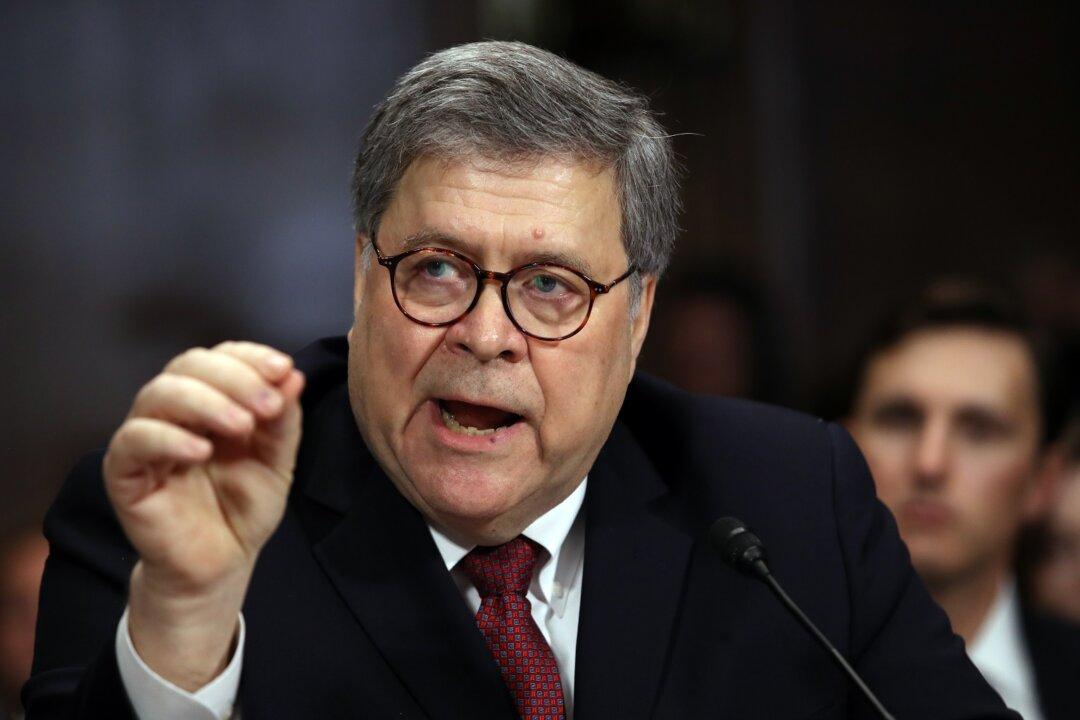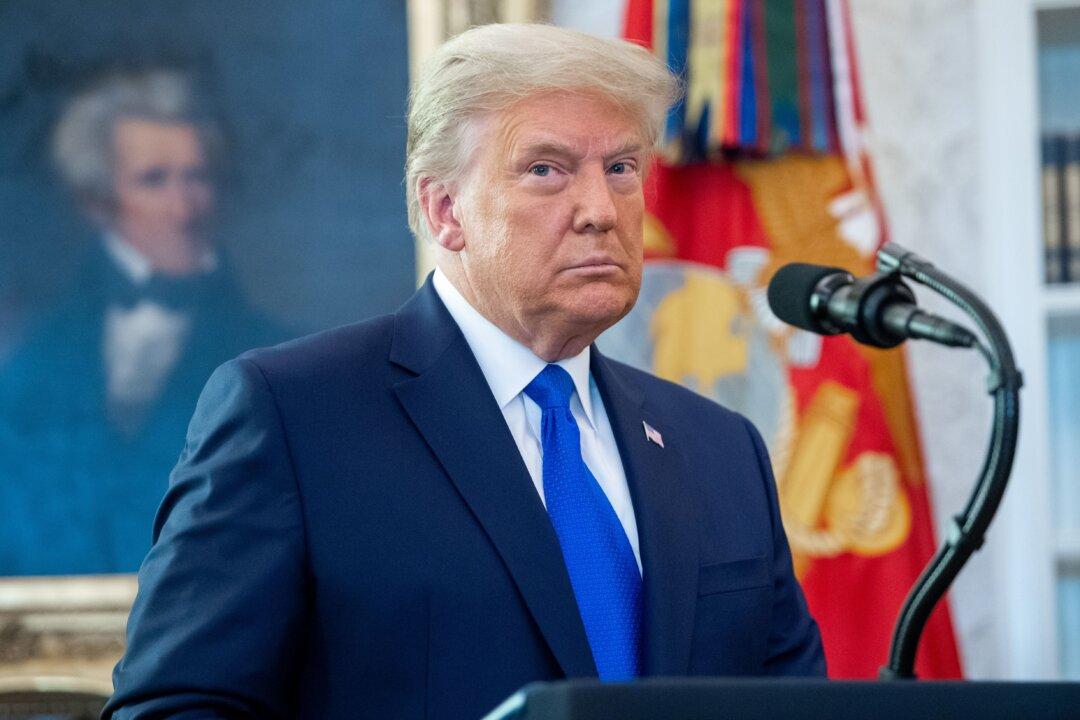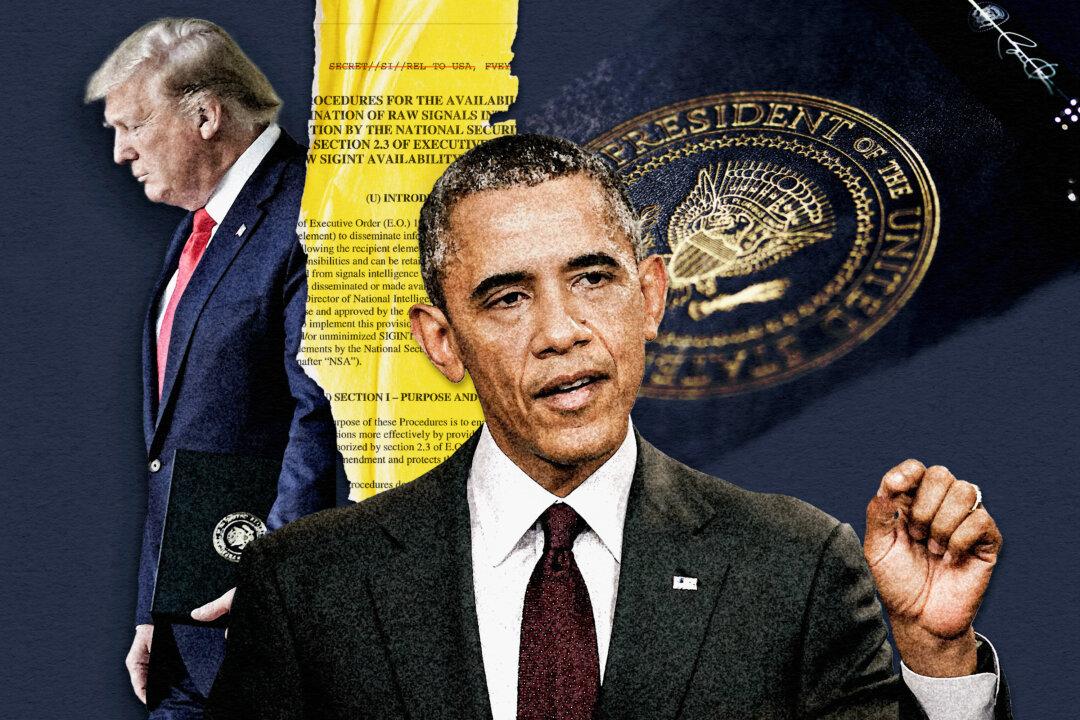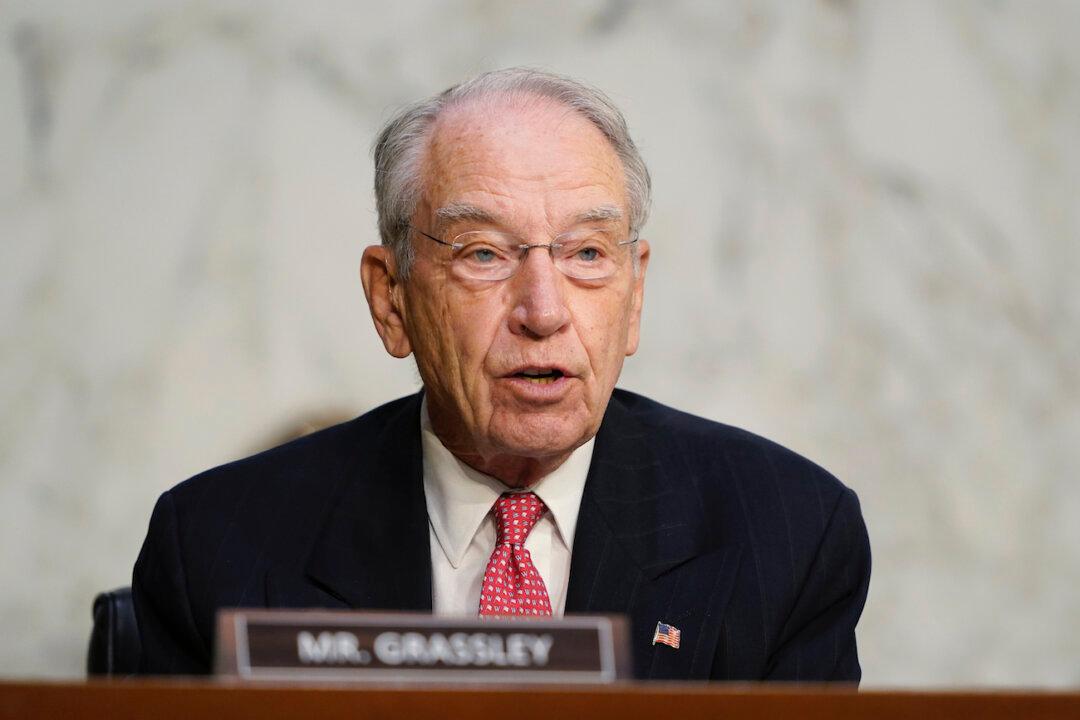News Analysis
On May 23, 2019, President Trump issued a Memorandum giving declassification authorization to Attorney General William Barr. The memo noted that AG Barr has full authority to “declassify, downgrade, or direct the declassification or downgrading of information or intelligence that relates to the Attorney General’s review.”





